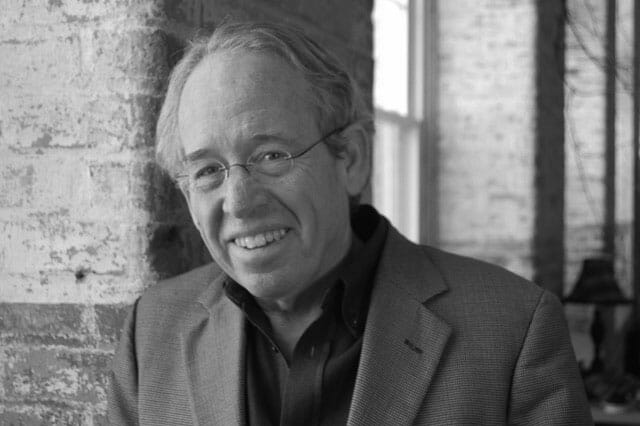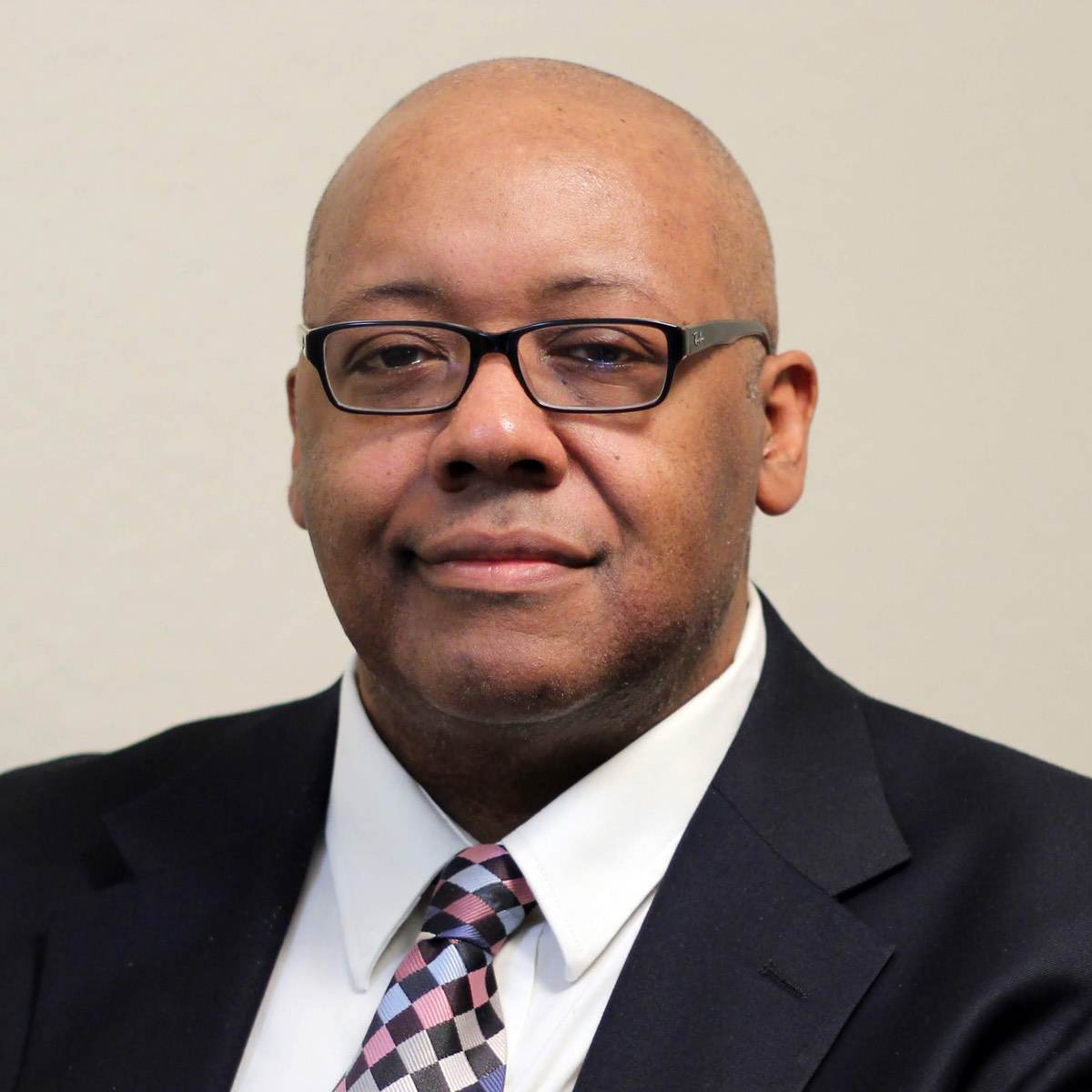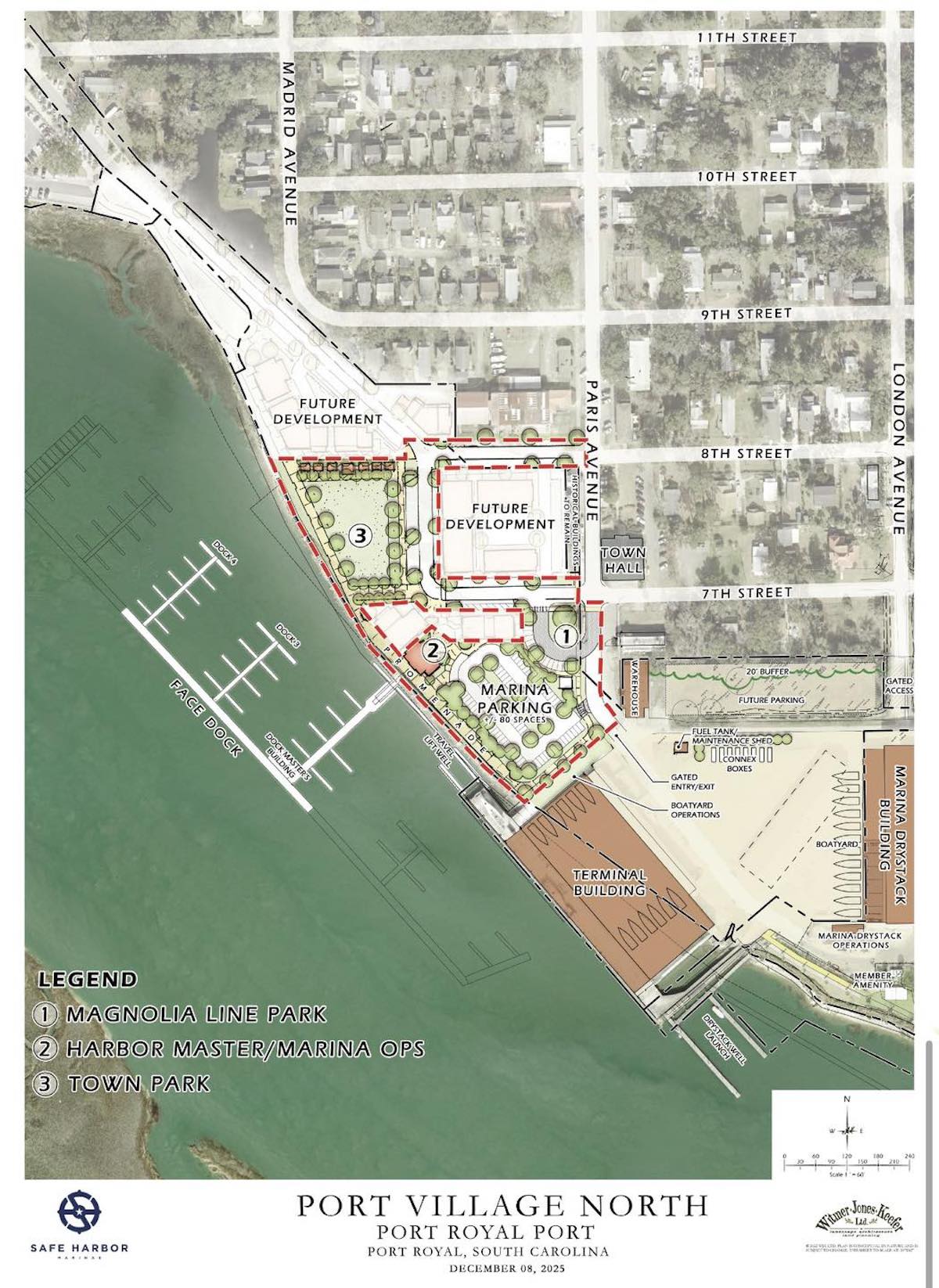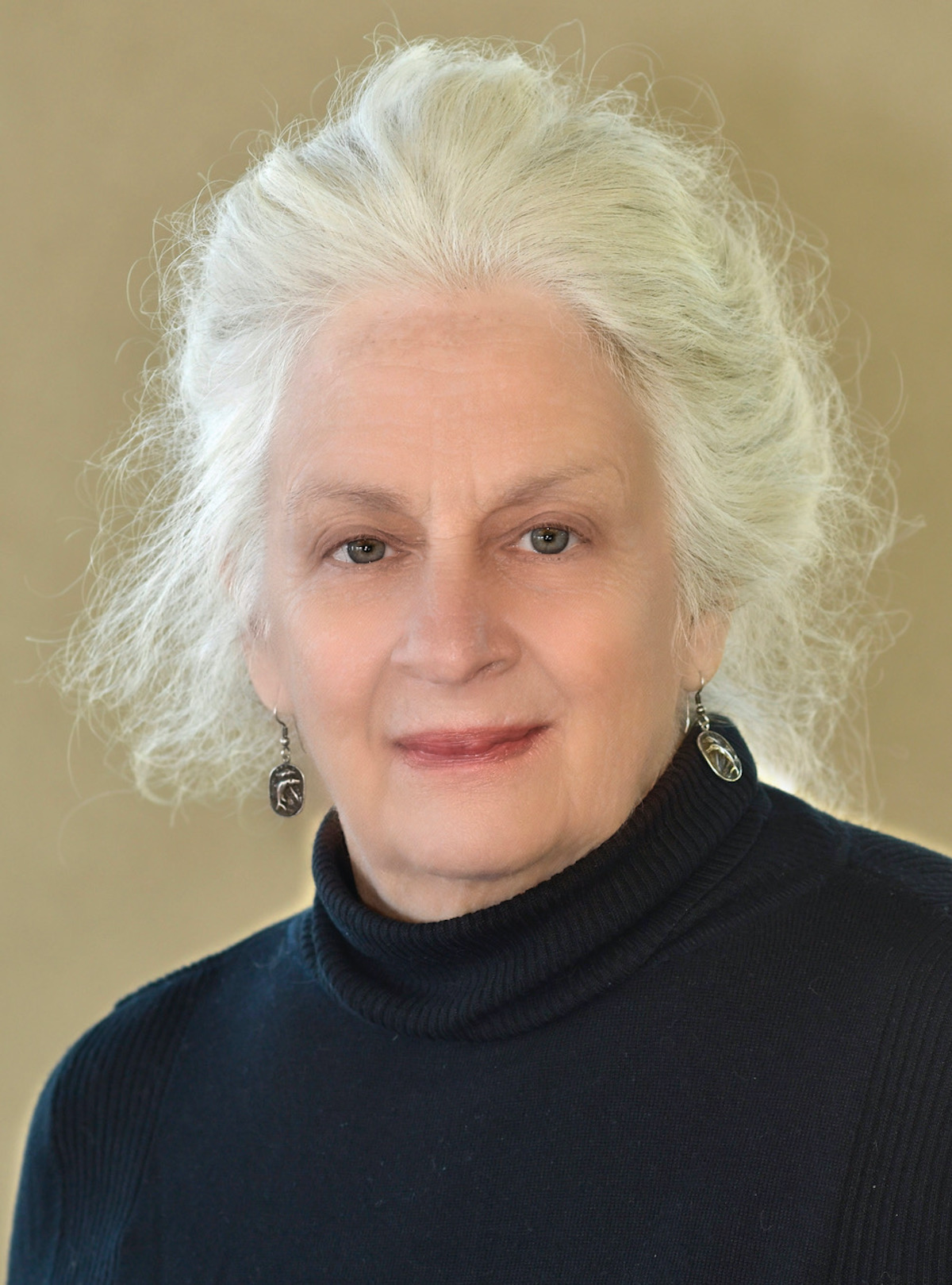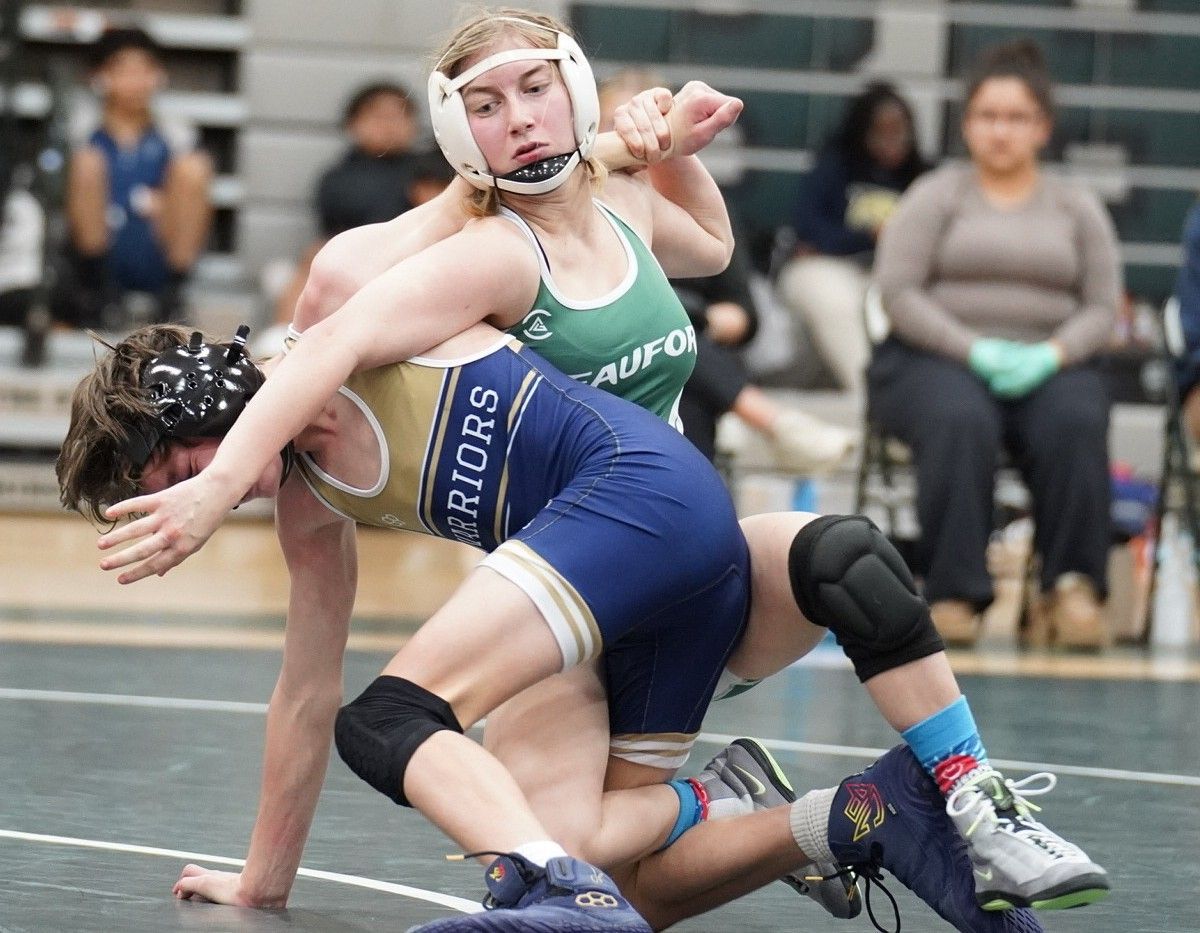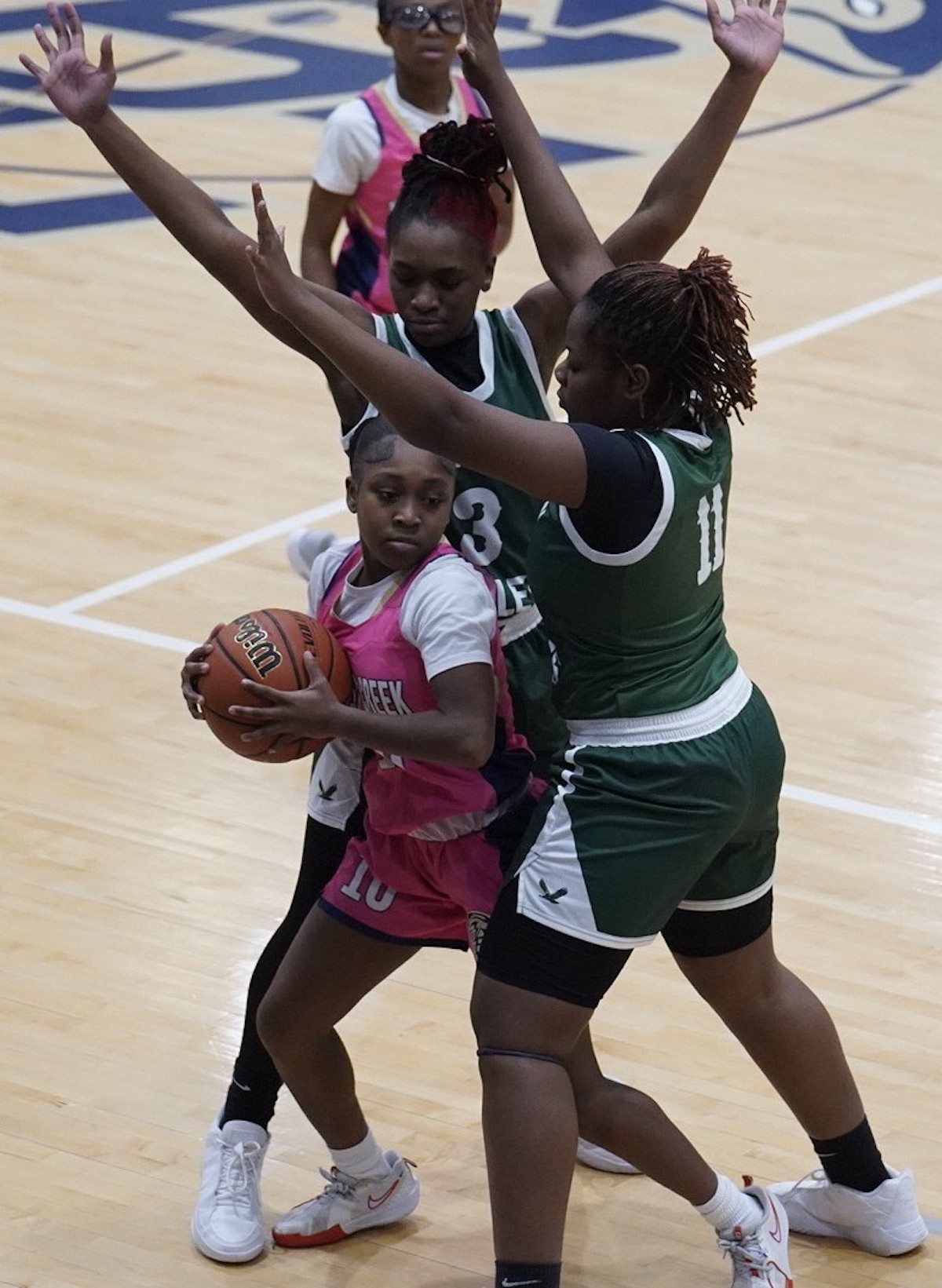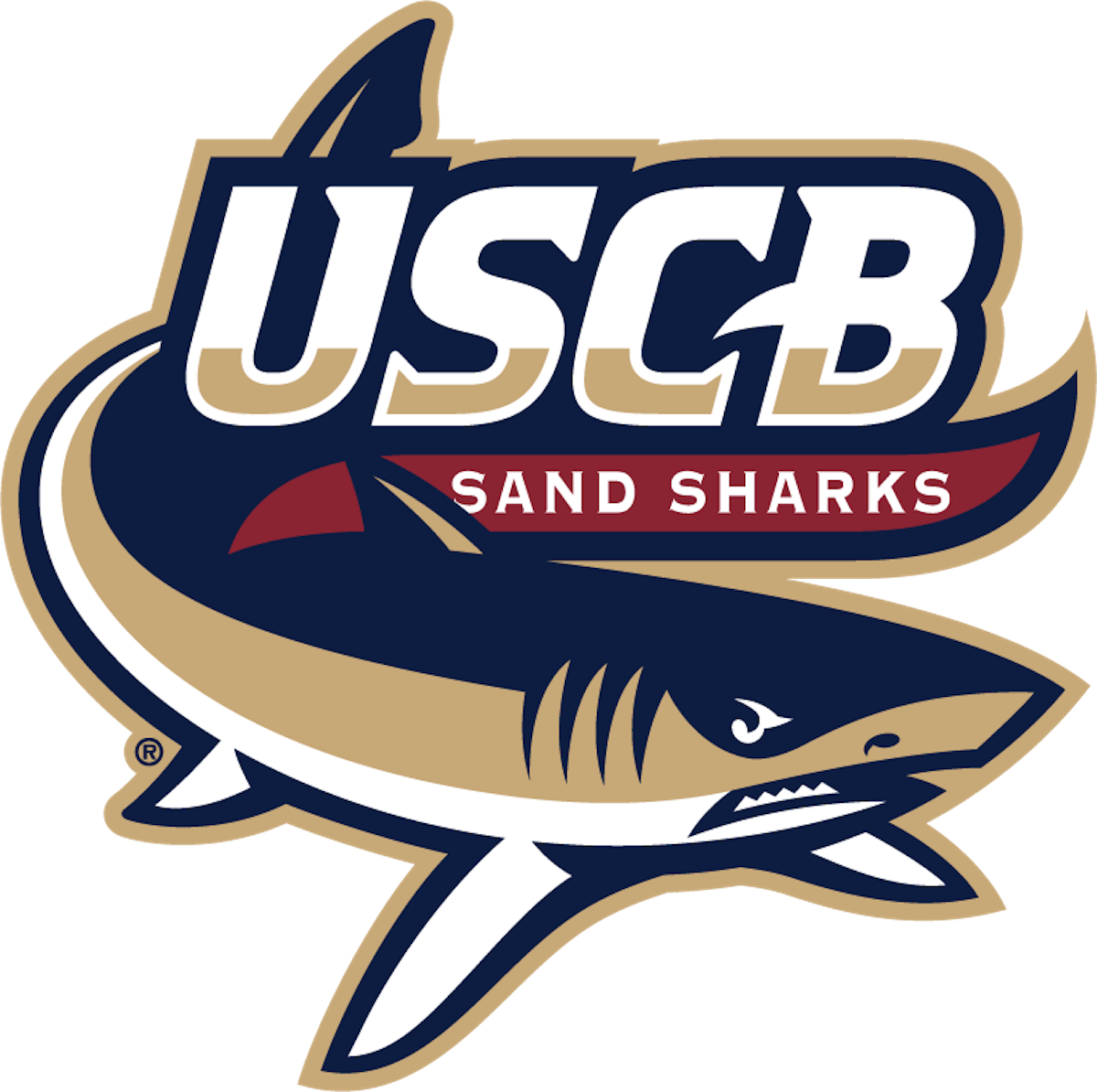It is Sunday, and I’m in Port Royal.
It is early, warm, and by 10:30 it will be certifiably hot, unwise and unlawful to operate machinery heavy or otherwise. But, inevitably, somebody will fire-up their Husqvarna 128LD weed whacker and attempt to enhance their residential curb appeal.
This morning we read that the Ukraine is still in turmoil and a “massive” hammerhead shark has been caught and tagged just off the coast. (My friends who fish tell me that our warm, coastal water is full of basking sharks.)
We also read that Charleston, Savannah, New Orleans and San Antonio have again made Travel and Leisure Magazine’s list of “Best American Cities.”
I suppose I’m happy to know that I live between two of America’s best cities — Charleston and Savannah — but when I was in the United Kingdom nobody seemed to know where these two cities were located or had any interest in visiting either place. In fact, when I encouraged them to visit the United States, people (I talked to) said they were not coming because of “guns.”
When I was younger (in the 50s) I lived in San Antonio; went to college in Charleston in the 60s; and by the 1970s was living 45 minutes north of Savannah.
When I was growing up, San Antonio, Charleston and Savannah were on nobody’s “Best List” and were never described as being charming or walkable or having “knock-out” food. When asked most people would say it was the smell (of sulphur) that they remembered about Savannah and Charleston rather than the aroma associated with sautéed shrimp.
San Antonio had its so-called river, but in my youth it was more of a landscaped drainage ditch with the occasional Margarita-and-tortilla-focused cantina. One usually took a turn around the Alamo, ate a chile relleno at one’s hotel, and got out of town.
Savannah had its 18th century architecture, the basement bar at the Pink House; but then there was the paper mill and, of course, the endemic, downtown crime.
New Orleans (which was No. 2 on the Best Cities List) was a place where one could get “blotto” and, if female, remove one’s blouse in exchange for a strand of red and green colored beads. (I must confess I was, in those days, too young to negotiate such an exchange.)
When my small, military family took a vacation it was to New York City or to Yellowstone National Park. My parents believed in travel but, in those olden days, we wanted spectacle and scale — the Empire State Building, the Grand Canyon, the World’s Fair in Queens. In those days our vacations involved a large hotel, an impossibly expensive hamburger in the hotel restaurant topped off with an effort to “summit” the Statue of Liberty.
Some of you know that Susan and I have been traveling — mostly by rail — in the UK and in Italy. What we were seeking was 13th-century architecture; “bangers and mash” washed down with artisanal, small-batch beer; an engaging bartender who could talk Wolverhampton football. What we didn’t want were fish and chips and the ubiquitous, conversation-killing television monitors.
We steered clear of Rome, London and Paris. My method was to make friends with those young men and women who manned the front desk during the night.
Typically these were students — young people who still had expectation and aspiration. I would usually begin by asking, “Where can I find a cranberry scone?” (Surprisingly, scones have fallen out of favor and have been generally replaced by lemon curd muffins.) Then I would seek help with the self-service espresso machine that was spewing hot milk (into the lobby) from a small tube that I could not successfully aim into my tiny espresso cup.
This early morning lobby talk would inevitably lead to longer conversations about the calculus course they were taking at college; whether or not they still liked their parents; and whether or not they were in a meaningful relationship.
The original lure of Charleston and Savannah was the Civil War — mostly forts Sumter and Pulaski — but these fortifications have lost their historical allure in these days of re-interpretation of all things Confederate. But the hotels, restaurants and mobile, peddle-powered bars appear to be going full tilt in Charleston, New Orleans and Savannah. Today’s tourist wants wild caught Salmon — and a well-made Mojito — more than he or she needs generals William T. Sherman, Andrew Jackson or P.G.T. Beauregard.
Scott Graber is a lawyer, novelist, veteran columnist and longtime resident of Port Royal. He can be reached at cscottgraber@gmail.com.


